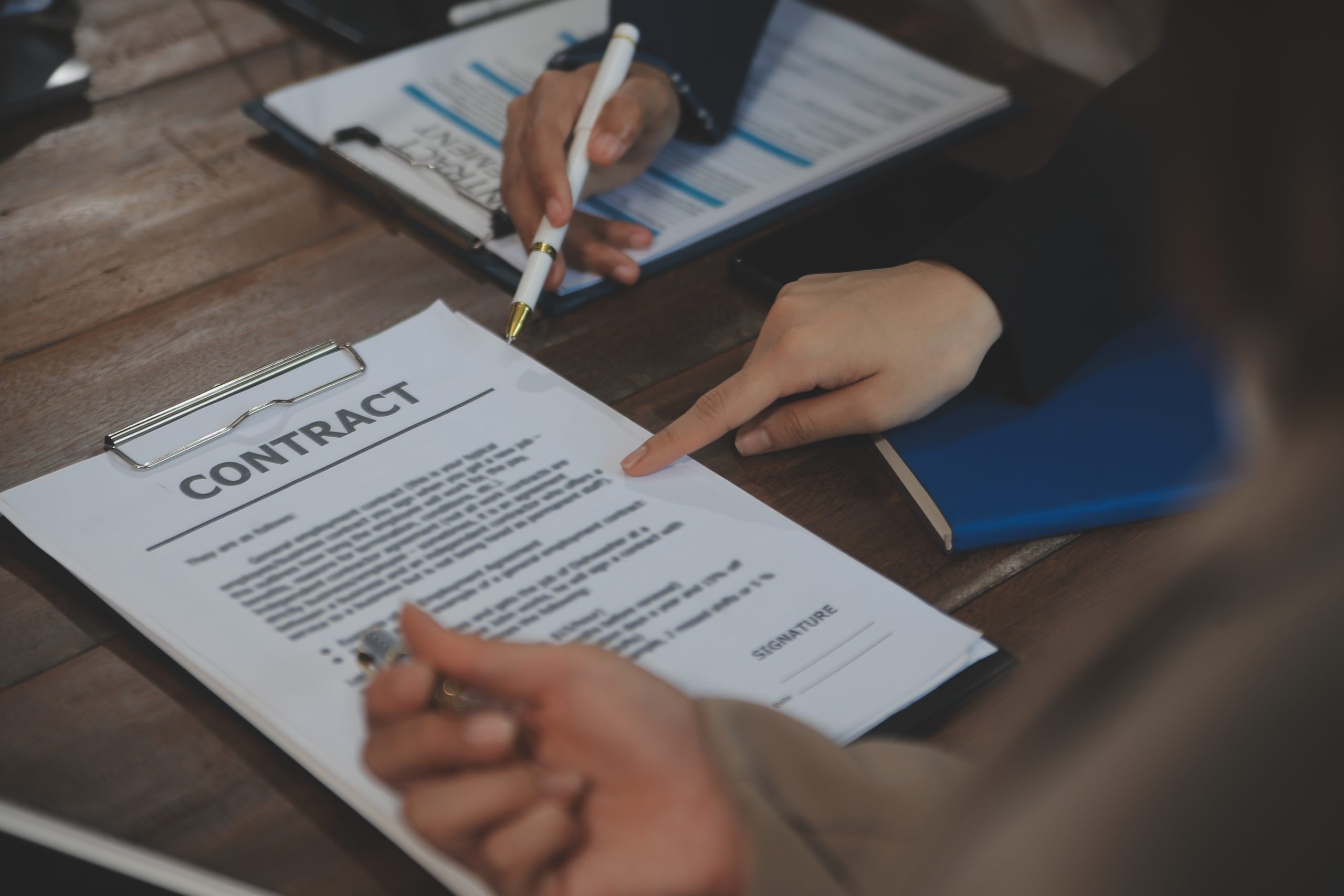A Beginner’s Manual for Real Estate Investing
For most people, property investment as a concept will scare them the very first time they come across it. But when you get used to it, it becomes a very efficient tool of growth. Share or mutual fund investment may be considered important if the goal is to prepare for the financial future. It is important therefore that remuneration policy be implemented with great caution and as early as possible so that the benefits of compounding returns can be maximized. Even so, real estate is one of the best ways to secure moderate financial security as long as it is started early in life.
It isn’t to be misconstrued that real estate investing is an underpin. For some motive, this is one aspect that is quite frequently out of the context and usually poorly executed. Everyone has heard stories of people who in one way or another have made a killing in ever-rising real estate markets or utilizing some strategies with no money down and low time frame turn liabilities to wealth. Such exposure to phrases cannot be good for motherhood because some things are no fairy tales. In this website post, I will offer more detailed information on Real Estate Investing the right way from the beginning and help you make her choices and use the available options effectively.
Real Estate Investing for Beginners: The Basics
The ability to achieve my financial freedom has been because I am frugal, because I am aggressive about making smart investments at the right time and because I am careful in investing in real estate. Others might fit in that mold where they have made mistakes during the course of life but others would be able to learn many of those lessons albeit in a shorter time.
Let me first explain some of the misconceptions before we proceed to the discussion of how you can invest in real estate. Right or wrong, the knowledge you gain will affect the course of your finances whether for instance, you are buying a house for yourself or you are interested in investment properties.
1. Understand the Numbers: The 1% Rule
The one percent rule is perhaps the most vital rule in real estate investment. For investors in real-estate, it’s a question of instant gratification in terms of understanding how quickly a property will churn out a return and only looking at the price and the expected rent that a property would fetch simple does that.
1% Rule: The basic idea is that if a portion of the property can generate enough income on a rental basis to cover at least 1 percent of the complete acquisition cost of the property, that property will be a worthwhile investment and will pay for itself. Land and fix up costs should be included in that figure.
For instance in real life, if I buy a house at 80k and later fix it to the cost of 20k, the total fixed amount spent in acquiring this house is 100k. If according to the 1% principle, the purchase price of the rental property is, say $100,000, the rent from the rental property should be at least $1,000 per month for it to be considered a good purchase.
This rule is a rough rule of thumb. At that juncture, if these arguments stand on paper, there collates an effort to further go to the field to obtain both income and expenditure figures then extrapolate the integrated cost which is ROI.
2. Be Wary of High-Cost Areas
High-cost areas, New York, and San Francisco, pique some people even to the extent that where they live hinders them from investing in real estate. Most of the time, they are right. The 1% rule explains why. When a property worth $900, 000 is acquired with the view of turning it into an income property and rents it at $3, 000 a month, there is a huge gap between this general one percent rule and what is supposed to prevail, hence such a property is a poor investment.
In the beginning, many supporters still argued that these losses will be recouped due to high external demand that typically follows expensive properties. – This is what I term the ‘appreciation spacing result, in reality’, is an over generalised belief. Yes, appreciation may be higher in some high-cost areas, but it is so unpredictable that relative to the rest of the country, it at best only marginally outperforms other zones.
It has also been stressed that buying has its own advantages, particularly, advantages that surpass the need to rent. On the other hand, it may turn out, and renting may be the rational and intelligent way of looking at issues in a number of instances as looking at the facts tend to uncover . Its worth noting that, it is also the time when a person only makes the two payments related to taxes and additional costs of tax. Lastly, one of the other key disallowances of tax benefits is that there are direct transaction costs incurred when selling or buying property which usually do not apply when renting.
3. The Idea of Cash Flow
There is a significant number of landlords who keep believing that they defray their expenditure through their rented properties, however this is far from the truth when the latter is exogenously determined and most of the time even at a loss. To understand better this sorry scheme, consider the rule of thumb illustration below.
The basic principle: A townhouse is typically rented on the condition that no more than half the total rent will be spent on running expenses, exclusive of the mortgage.
The expense includes property tax, insurance, upkeep and repair of buildings, HOA, renovations or structural improvements, and managing the property. Income that remains after subtracting this expenditure such as running costs (cash flow) is what you are left with and any liabilities on the house are paid off for example a mortgage.
Let’s take a case of a landlord who buys out a house worth $100,000 with plans on renting it out for $1000 monthly. In this case, expect about 50 percent, amounting to say, 500 dollars to go to expenses. Considering that the monthly mortgage is $600 you would assume that the cash flow is 400 dollars. In actual sense the expenses are 550 dollars and the mortgage is 600 dollars so in a month a total of 11500 dollars goes out and there is 100 dollars loss.
The fix here is that it can be reversed by looking for one with a smaller mortgage, which will require lower cost of acquisition, an upright increase in rent, or even doing self-management of the property.
4. Get Your Financial Documentations Perfectly Organized
Lastly, make sure that your personal finances are in a healthy state before going into the real estate business. Some people will buy property with neither money down nor good credit in the most embarrassing of scenarios such as borrowing against the 401Ks or maxing credit cards. In my view those techniques are risky even if some people have been successful there.
While a few lucky ones may find it in their interest in the deal, the majority will only worsen their already bad finances and those of others. Do not fall for the fairytale believed by the media where the real estate ‘experts’ flood the market with books.
5. Play It Safe with Your First Few Properties
Also, I think that any debts including credit card debts, which are quite the killer, should be settled before getting into real estate as well. It would not hurt paying up the car loans and the student debts too. For example, when making a property purchase, there should be at least 20% of the total purchase price min paid in cash towards the purchase and the remaining 80% +30-year mortgage rates fixed on the balances. Anything less than twenty percent would mean that you will have to take out a costly private mortgage insurance PMI which is further more worse in that you will have lesser equity if the market turns south.
The above thematics constitute the sous-titre of this book. We make an effort to analyze basic evaluation issues that should be scrutinized objectively. Apply the 1% and the 50% rules while tackling property assessments. First, you must achieve some measure of success with your first property before going to hunt for another one. Wait for the subsequent down payment with no rush. Even 20 percent appears to be a bit out of the picture, yes but where there is the right attitude towards saving, at least in my case, it is possible.
6. Maintain Some Cash Reserves
People should not be surprised about the no-money-down attitude that at times ignores the restrictions on cash reserve requirements. Have sufficient savings to sustain even catastrophic events that are the most undeserving of one’s imagination. In most cases, it can be concluded that a gross cushion of six months worth of mortgage payments and other related expenses is adequate. This is on both the primary residence and the investment properties.
These reserves are meant to cover for loss of employment, vacancy of the properties, high cost of repairing property among others. This is also treated as what is known as a borrowing stance by banks while seeking financing for acquisition of additional properties.
7. Self-education
It is advisable and in fact quite reasonable to spend about three to six months’ time on education as regards to acquisition of pieces of real estate in the hope of grasping more in the sector. Before making the initial investment try accumulating as much knowledge as you can. However do not get caught up into endless study. When you feel you are prepared from the standpoint of your finances, take actions.






